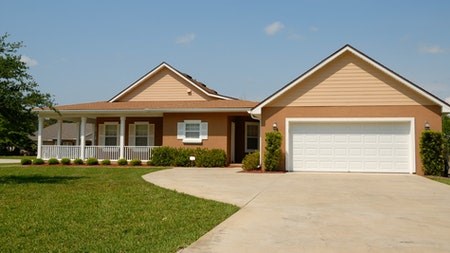POWER TALK: BUYING AN INVERTER
With load-shedding taking its toll on individuals and small businesses around the country, many are considering investing in an inverter that will kick in when the electricity goes off.
Shaun Dubois of Just Property notes that investing in an inverter may well secure a better commercial tenant but warns that this would then place an obligation on the landlord to maintain the system. “There are pros and cons, but it should be remembered that it may well add a complication that could have been avoided. Rather, landlords should be open to both residential and commercial tenants’ requests to install an inverter themselves.”
DOES SIZE MATTER?
The type of inverter system that one would need is not measured by how big or small your house or business is, but rather how many of your appliances or electronic devices you would like to run at a time, says Rudi Rollin of Electrosec. The inverter’s voltage would determine how many batteries you would need, and the inverter’s wattage would determine how many appliances or electronics you could use at the same time during load shedding.
A small inverter system with one battery, off which you could run a laptop, a television, an internet router and one light for about three hours of load shedding would cost you approximately R6 300.
A 24v 1200w inverter, for around R10 000, would need two 12v batteries, and off this model one could run a television, a computer, a gaming console, an internet router and one or two lights.
A medium-sized inverter system, for roughly R40 000, would require four 12v batteries and be able to power most lights in the house, one or two entertainment systems and one or two smaller appliances.
A large 48v 10 000w inverter would cost you roundabout R60 000 and could run more appliances. A battery will cost you around R2 800 and should last between four and six years. The size of the batteries dictate how long they will last during load shedding, but depending on how many appliances you use, they should give you three to four hours (deep cycle batteries give a longer run time). Recharge time, if significantly depleted, is somewhere between four and six hours.
Rollin advises prospective buyers to evaluate the appliances they wish to run on your system. “Most appliances have stickers on them indicating their watt requirements: A kettle, for example, pulls somewhere around 2 000w, which would not work on a weaker system.”
Remember, says Rollin that these systems are heavy so some strength will be required to move even the smaller ones, and it would be advisable to get the installer of the system to move a larger system for you. The larger systems should be as close to the DB board as possible to avoid too much cabling, and qualified electrician will have to do the installation.
The smaller systems can be plugged into a single wall socket, with an extension cable and multi-socket adapter connecting the desired appliances or electronics. You are only limited to the number of appliances you can run at the same time. While most inverters will switch off if you overload them, there is always the chance that you could damage the inverter if you overload it, so it would be wise to know how many appliances and what type your system can accommodate before switching anything on.
Inverters have fans which keep them cool, which run when the inverter kicks in or when it is busy recharging the batteries after power is restored; some of the larger systems have fans that stay on indefinitely.
ADVICE TO TENANTS AND LANDLORDS
Tenants considering purchasing an inverter themselves should remember to request permission from their landlord, and that this is most likely an obligation of their lease: “While the smaller systems would be an item that the tenant would simply unplug and remove,” says Dubois, “with the bigger systems, a written agreement should be compiled.”
Dubois explains: “Most leases contain a clause regarding any improvements on a property and while they do differ, they generally either state that all improvements must remain on termination of the lease, or that the tenant may remove the improvements but must restore the property to the original condition.”
“In the long term Eskom power should become more reliable, and so the driving power behind adding value and powering your own home should be to ultimately save money on your energy bill and also to have less impact on the environment,” advises Dubois. “That said, the loss of productive time during load-shedding can seriously impact small businesses, and landlords of commercial properties will find that installing an inverter, especially in new builds, will attract tenants.”



